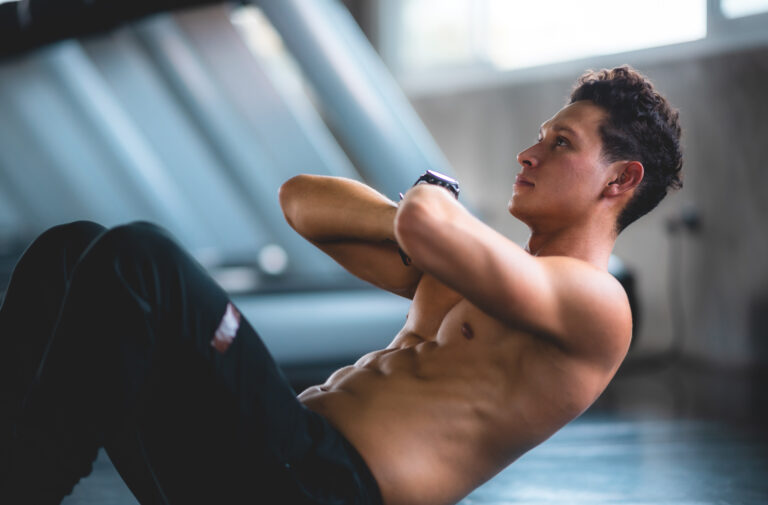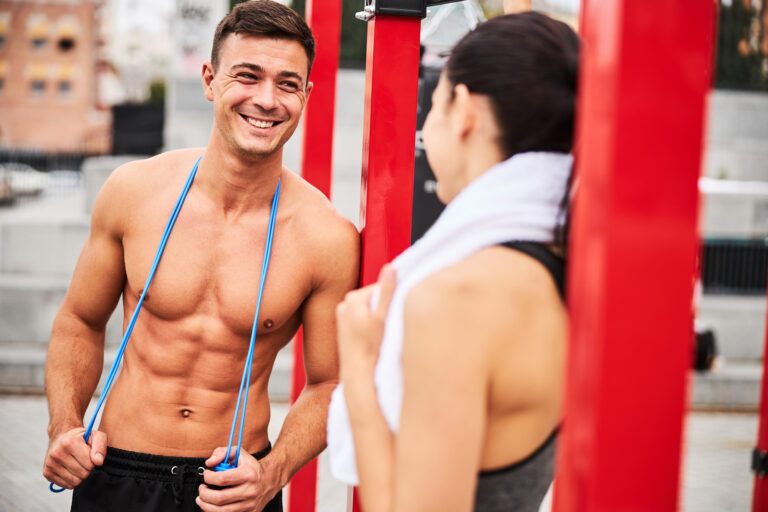What is the Levator Scapulae?
The levator scapulae is a small yet significant muscle located in the upper back and neck. It plays a crucial role in the movement and stabilization of the shoulder blades, making it integral to many daily activities and athletic pursuits. Understanding its anatomy, function, and importance can help in optimizing performance, preventing injuries, and improving overall muscular health.
Anatomical Description
The levator scapulae is situated on each side of the neck. It originates from the transverse processes of the first four cervical vertebrae and inserts into the medial border of the scapula, near the superior angle. This muscle is innervated primarily by the dorsal scapular nerve (C5) and the cervical nerves (C3 and C4). Its blood supply comes from branches of the transverse cervical artery.
In relation to other anatomical structures, the levator scapulae lies deep to the sternocleidomastoid and trapezius muscles. This placement allows it to interact closely with these larger muscles, contributing to complex neck and shoulder movements. The levator scapulae is also connected to the cervical spine, providing support and facilitating head and neck motions.
The muscle’s position and connections make it susceptible to strain and tension, particularly in individuals who maintain poor posture or engage in repetitive shoulder movements. The levator scapulae’s role in lifting and rotating the scapula highlights its importance in both everyday tasks and athletic activities.
Function
The primary function of the levator scapulae is to elevate the scapula. This action is essential for various movements, including shrugging the shoulders and lifting objects. Additionally, the muscle assists in downward rotation of the scapula, which is important for arm movements such as pulling and reaching.
Beyond its role in shoulder movements, the levator scapulae contributes to the stabilization of the neck. It helps maintain proper alignment and posture, particularly when the head is tilted or rotated. This stabilization is crucial for activities that require sustained neck positioning, such as cycling or working at a computer.
The muscle also plays a secondary role in lateral flexion and extension of the neck. When one side of the levator scapulae contracts, it helps tilt the head to the same side. This action is important for maintaining balance and coordinating movements during physical activities. Understanding these functions underscores the muscle’s importance in both static and dynamic movements, making it a key focus for training and rehabilitation.
Role in Fitness and Exercise
The levator scapulae is critical in many physical activities and sports, providing the necessary movement and stability for optimal performance. In weightlifting, exercises such as shoulder shrugs specifically target this muscle, helping to build strength and endurance. Properly strengthening the levator scapulae can improve shoulder stability, enhance lifting performance, and reduce the risk of injury.
In sports that involve repetitive shoulder movements, such as swimming or tennis, the levator scapulae’s role is equally important. These activities place significant demands on the shoulder muscles, making it essential to maintain balance and flexibility. Strengthening and conditioning the levator scapulae can improve performance and prevent common overuse injuries.
Regular exercise targeting the levator scapulae can also aid in posture correction. Poor posture, often resulting from prolonged sitting or improper ergonomic setups, can lead to chronic tension and discomfort in the neck and shoulders. Incorporating specific exercises, like scapular retractions and neck stretches, can alleviate these issues and promote better alignment.
Yoga and pilates also emphasize the importance of the levator scapulae in maintaining upper body stability and flexibility. Poses and movements that engage this muscle can improve overall strength and mobility, contributing to a well-rounded fitness routine. The integration of these exercises can support both athletic performance and general health, making the levator scapulae a vital muscle in any comprehensive training program.
Common Injuries and Disorders
The levator scapulae is prone to various injuries and disorders, particularly in individuals who engage in repetitive shoulder movements or maintain poor posture. One common issue is muscle strain, which can occur from overuse, sudden movements, or heavy lifting. Symptoms of a strained levator scapulae include pain, stiffness, and reduced range of motion in the neck and shoulders.
Muscle spasms are another frequent problem, often resulting from prolonged tension or stress. These involuntary contractions can cause significant discomfort and impair mobility. Spasms may develop due to poor ergonomic practices, such as improper desk setup or excessive use of mobile devices, leading to what’s commonly known as “tech neck.”
Chronic conditions, such as levator scapulae syndrome, involve persistent pain and tightness in the muscle. This condition can be exacerbated by factors like poor posture, inadequate warm-up before physical activity, or a lack of regular stretching. Diagnosis typically involves a physical examination and may include imaging tests to rule out other potential causes of neck and shoulder pain.
Preventing these injuries requires attention to posture, ergonomics, and regular exercise. Strengthening and stretching the levator scapulae can help maintain muscle balance and flexibility, reducing the risk of strain and spasms. In cases of injury, treatments such as physical therapy, massage, and rest are often effective in alleviating symptoms and promoting recovery.
Rehabilitation and Strengthening
Rehabilitating the levator scapulae after an injury involves a combination of rest, therapy, and gradual reintroduction of movement. Initial treatment often includes ice and anti-inflammatory medications to reduce pain and swelling. As the acute phase subsides, physical therapy becomes crucial in restoring function and preventing future injuries.
Therapeutic exercises focus on gentle stretching and strengthening of the levator scapulae and surrounding muscles. Stretching exercises, such as neck side bends and shoulder rolls, can help alleviate tension and improve flexibility. Strengthening exercises, including resistance band shoulder shrugs and scapular retractions, build muscle endurance and support recovery.
Incorporating these exercises into a regular fitness routine can prevent injuries and enhance overall muscular health. For individuals prone to neck and shoulder pain, regular stretching and strengthening of the levator scapulae can provide significant relief and improve posture. This approach is especially important for athletes and those with sedentary jobs, as it addresses both preventive and rehabilitative needs.
Proper technique and gradual progression are key to effective rehabilitation and strengthening. Starting with low resistance and increasing intensity as the muscle adapts can prevent re-injury and ensure sustainable improvements. Consulting with a fitness professional or physical therapist can provide personalized guidance and support, helping individuals achieve optimal results.
Key Takeaways
The levator scapulae is a crucial muscle for shoulder and neck movement, stability, and overall posture. Proper understanding and care of this muscle through targeted exercises, good posture practices, and appropriate rehabilitation can significantly enhance performance and reduce the risk of injury. Maintaining a balanced and flexible levator scapulae supports both athletic endeavors and daily activities, promoting long-term muscular health and functionality.









